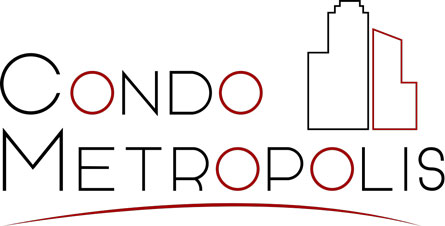-
Most community associations have committees. Committees are established as advisors to the Board of Directors on specific areas of interest or concern to the Association. In most cases, the Board of Directors is empowered by the governing documents to create ad-hoc committees, such as Finance or Landscape. The purpose of each committee is to address specific issues of the Association and to provide recommendations to the Board of Directors. Unless permitted otherwise in the governing documents, committees are recommending bodies only.
The Board of Directors oversees the operations of committees, and from the recommendations received from committees, they make the final decisions. Membership in a committee is a great training ground for first time involvement with the Association. Typically in larger associations, the Board of Directors will rely heavily upon committee members to assist in the operation of the Association.
Once a committee is developed, it is important to establish operating guidelines which should include a meeting schedule, tasks and responsibilities, goals and objectives, reporting function, and leadership role. Listed below are examples of some common committees formed at community associations.
Architectural Control
Purpose: To preserve, enhance, and assure uniformity in the architectural aesthetics of the community by consistently applying the Covenants and Design Standards. The Architectural Control Committee develops and implements guidelines, reviews architectural submitting, and maintains records of architectural recommendations to the Board of Directors.Communications
Purpose: To provide information to the members regarding the actions of the Board of the Directors and other committees. The Communication Committee coordinates and/or assists in the development of the newsletter, flyers, websites, or other general publications.Finance
Purpose: To ensure the Association’s financial transactions are handled in a timely and accurate manner consistent with generally accepted accounting principles. The Finance Committee develops and monitors the operating budget, maintains a schedule for reserve funding, and assists in the annual audit review process.Hospitality and Welcome
Purpose: To welcome each new homeowner within the first few months of the new member moving into the community. The Hospitality and Welcome Committee should be the first contact the new homeowner has with the Association.Landscape
Purpose: To assist the Board of Directors in the maintenance and enhancement of the grounds located in the common properties (open space, trails, lakes, streets, entrances). The Landscape Committee assists in the development of the maintenance contract and oversees the seasonal maintenance activities.Neighborhood Events
Purpose: To promote community wide activities of the community such as Garage Sale, Halloween Party, Fourth of July Pool Party, Holiday Caroling Party, Community Decorating, Potluck Dinners, Dances, Recreational Sporting Events, etc.Security/Neighborhood Watch
Purpose: To recommend procedures protecting the common property and develop a program that provides a visible presence in the community to reduce vandalism. The Committee recommends security measures and services to the Board of Directors during certain peak times of the year when additional protection is needed, such as at holiday times, summer season, or during community events.Hal Hildebrandt is the founder and President of CMC – A Florida Condominium Management Company.
(407) 901-5161
Orlando Property Enterprises | All rights reserved
